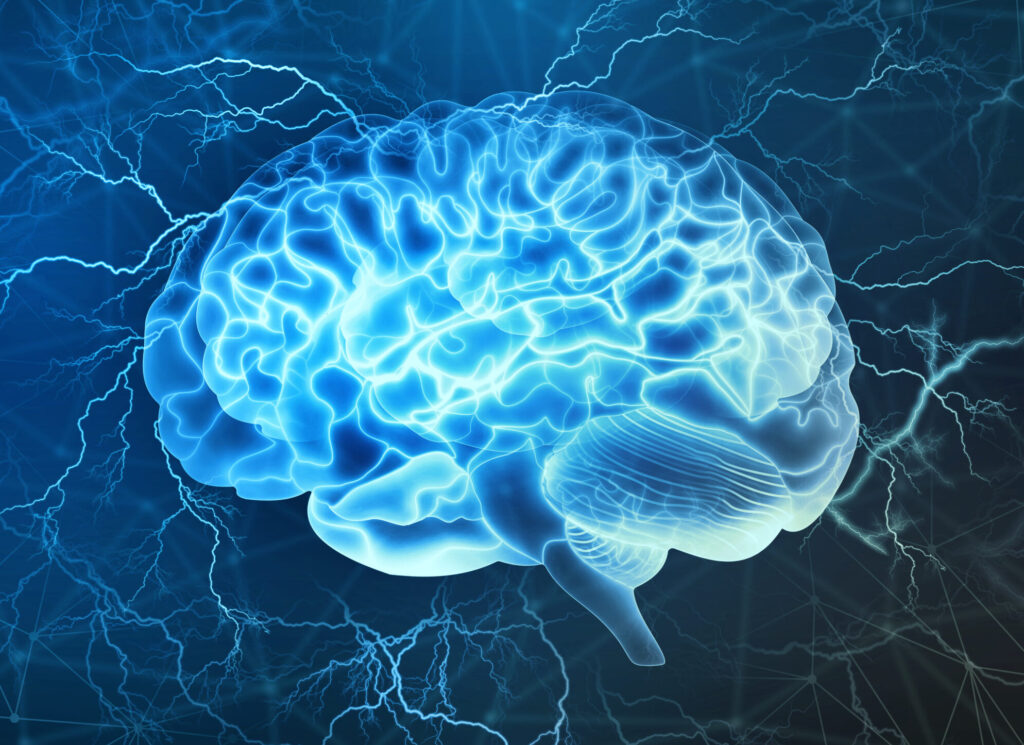Where is ‘I’
The physical sense of self has been localized

Ever wonder where in your brain that interesting character called “I” lives?
Stanford Medicine physician-scientist Josef Parvizi, MD, PhD, has ways of peeking into people’s heads and finding out what makes us tick. Parvizi’s most recent sighting, described in a June 2023 paper in Neuron, unveils the surprising role of a small structure sandwiched between the brain’s two hemispheres.
The structure, called the anterior precuneus, is the hub of a network of brain regions whose activity rises and falls in coordination with one another’s, indicating teamwork. Parvizi and his colleagues discovered that this archipelago of collaborating brain regions spearheaded by the anterior precuneus is key for integrating information about your location, motion, sensations, and muscle and joint positions to form a mental map of your sense of bodily, or physical, self.
To explain the network’s significance, Parvizi invoked that odd couple, “I” and “me.”
“For every action we take, even during dreams,” he said, “there’s always an agent behind it: We call that agent ‘I.’” It’s the physical/bodily sense of self. “‘Me’ is everything we have stored in our memories about the ‘I’,” said Parvizi, a professor of neurology. It’s the narrative self that actively or passively thinks about things like memories, habits, emotions and plans.
Distinct assemblages of brain structures govern the two systems, which continuously interact with each other. “Me” dwells in a well-studied network of neurons in the brain called the default mode network. There’s no official name yet for the “I” network.
Parvizi’s team delineated the anterior precuneus’s role through studies of epilepsy patients who’d had electrodes implanted in their brains to help locate their seizures’ origin. The team found that stimulating the network led by that brain structure wreaked havoc on the patients’ ability to place themselves in space.
In contrast, electrically stimulating the default mode “me” network does nothing at all to one’s physical sense of self, Parvizi said. This shows these are two entirely separate, although interacting, networks, he said.
“Your sense of physical or bodily self represents your organism in the immediate here and now, with a particular point of view that is yours alone, your first-person perspective on the world around you. Nobody shares it,” Parvizi said. “You may not be conscious of your point of view. But you will be if I disrupt the network that generates it. Your place in the world around you will suddenly seem unreal.”

